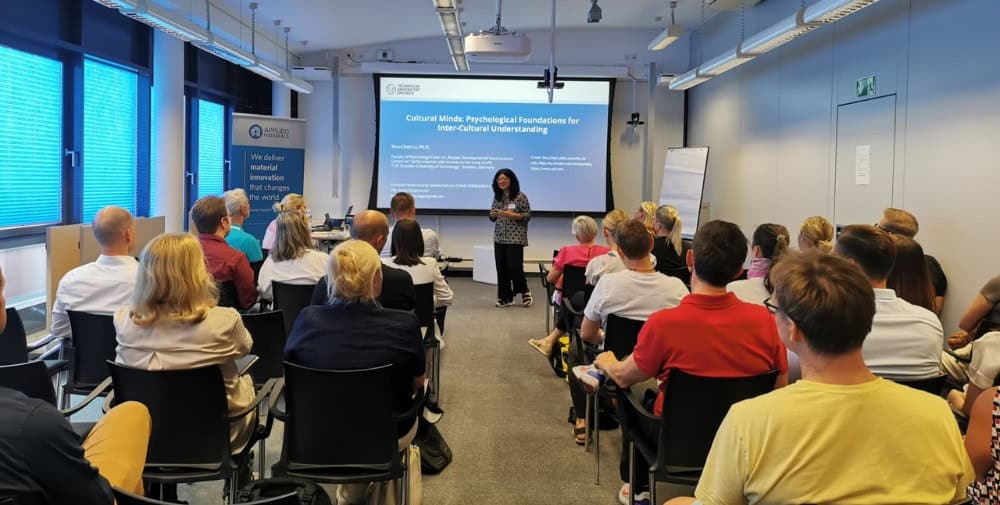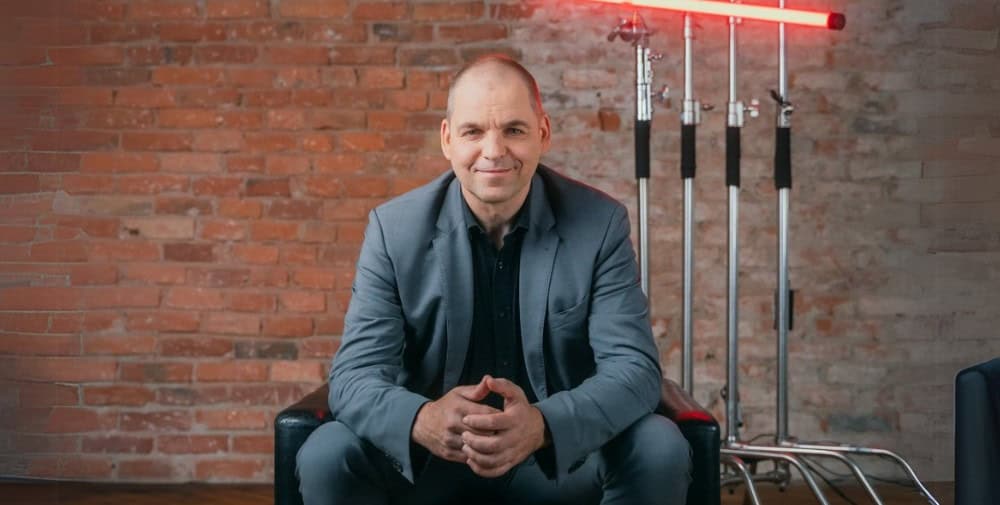
Zunehmend abgehängt. Disunited. Sluggish. Currently unable to keep up with the big players on the world stage. The report by Mario Draghi – economist, banker and former head of the European Central Bank – presented on September 9th painfully holds up a mirror to the European Union these days. A “radical, urgent and consistent change” is now needed for the EU, he said. Just under a year ago, on September 13, 2023, EU Commission President Ursula von der Leyen tasked the Italian economic and financial expert with identifying all of the EU’s economic and industrial problems and shortcomings. Draghi was also tasked with finding appropriate solutions and more viable paths to a more successful future. It was to be a “liberating blow for Europe”. On September 9, 2024, Draghi presented his view on 400. The initial reaction from the President of the European Commission was friendly and reserved. What the report improves and to what extent it will be used for the further work of the new EU leadership and bodies was not explained at the press conference. The comments and statements from a wide range of stakeholders at least give rise to skepticism as to whether Europe wants to and will consistently follow Draghi’s outlined path. The question arises: Why develop a strategic route over the course of a year if you then don’t want to follow it?
800 billion euros a year are needed to arm Europe against the USA and China
Admittedly, Draghi’s core demand has already made some ears prick up. The EU would have to invest 800 billion euros a year in order to keep up with China and the USA in the future. New, common debt along the lines of the NextGenerationEU program developed during the coronavirus era and investments based on this would be unavoidable. New competition law is needed to enable large European players – the counterweights to the Googles, Amazons and co. Significantly less bureaucracy, a new energy policy, attractive conditions for European and international companies, a magnetic effect for skilled workers from all over the world and much more are also put forward. However, the main accusation seems clear. Europe has made itself comfortable in its prosperity and the status quo for too long. Less and less has been invested since the 1970s. In the shadow of the USA, things were allowed to happen and China was allowed to march past with its eyes open – even if this would probably have happened regardless of all the measures taken. Europe did not just receive the receipt for this yesterday.
26 nations compete against two global giants
Draghi’s “report” or “European strategy for the future” was analyzed, commented on and received in a variety of ways just a few hours after its publication. Some see it as a “call to action”. Others castigated it as “exactly not”. And this is where Europe’s problem with the USA and China becomes clear. Europe is not just one country with one leader. It is a union of 26 nations, half the size of the USA or China. Politically, the member states are sometimes worlds apart. Accordingly, it is not one party that dictates action, but a whole canon of large, medium-sized and small political organizations from different nations that must reach a consensus. And if we look at the recent past, this consensus is sometimes only achieved with enormous effort, frictional losses and in seemingly endless timeframes. Europe is holding itself back.
Disagreement is holding Europe back – it’s not just the German government that is divided
A look at Germany and the current German government’s reactions to the Draghi report illustrates the European problem. “Joint EU borrowing will not solve the structural problems: Companies do not lack subsidies. They are shackled by bureaucracy and a planned economy,” explained German Finance Minister Christian Lindner, Chairman of the FDP, for example. “Innovation, better framework conditions and the mobilization of public and private investment are the order of the day,” demanded Economics Minister Robert Habeck of the Greens. Unity looks different. While the USA and China are investing huge sums to expand the economic opportunities of their own nations and especially companies, there is already disagreement in Europe as to whether the association of states and member states should invest at all and to what extent. The consensus is to make it easier for companies and to empower them. They may or may not want to support them financially. Admittedly, money is certainly not the solution to every problem. Here you can only agree. However, if the competition uses a lot of money to gain an advantage, can you avoid investing in order to keep up with the competition and remain as independent as possible?
Dragi’s microelectronics are also analyzed on four pages
As you can see, the situation remains difficult and confusing. “Many cooks spoil the broth”, as the old saying goes. And in Europe, many, many cooks are stirring the same broth. EU bodies, member states, political stakeholders – even in small and largely straightforward areas, there is sometimes a lot of turmoil. The best example of this is microelectronics, which Draghi discusses in his report on no less than four pages (pages 86 to 89). Draghi also follows up an analysis of the current situation with a call for more European and not just state funding. Strategic dependencies should be reduced. Research and development, design and production should be expanded. Companies that produce important materials, systems and machines for microelectronics should also receive more support. These are points that the EU Chips Act and national strategies, e.g. in the UK or Spain, already provide for in part. The problem here too: If you don’t think and act consistently, progress is impossible. Interface – formerly the New Responsibility Foundation – has already warned that Europe lacks a uniform strategy for its chip ambitions. Draghi’s report would now offer the opportunity to tackle this and many other areas and rethink them for the whole of Europe. However, the “radical, urgent and consistent change” called for by Draghi once again seems to be being crushed in bureaucratic mills.
Conclusion
It remains to be hoped that Draghi’s report will not simply disappear into a desk in Brussels. Europe needs to reposition itself and break away from old habits. Even if not everything can be solved with borrowed money, investment in the future of the union of states is unavoidable. It is the task of the new European leadership, its committees and all 26 member states to find solutions based on the economic report that has now been drawn up, rather than refusing to do so from the outset. The time for “business as usual” is definitely over, and everyone in Europe must be aware of this. If Draghi’s ways are not the right ones, then we now need to find better ways constructively. In any case, China and the USA will not wait for Europe. Alternatively, Europe could decide to go its own way and not put itself on an equal footing with global superpowers. However, it is questionable whether Europe’s self-image as a third superpower will allow this.


